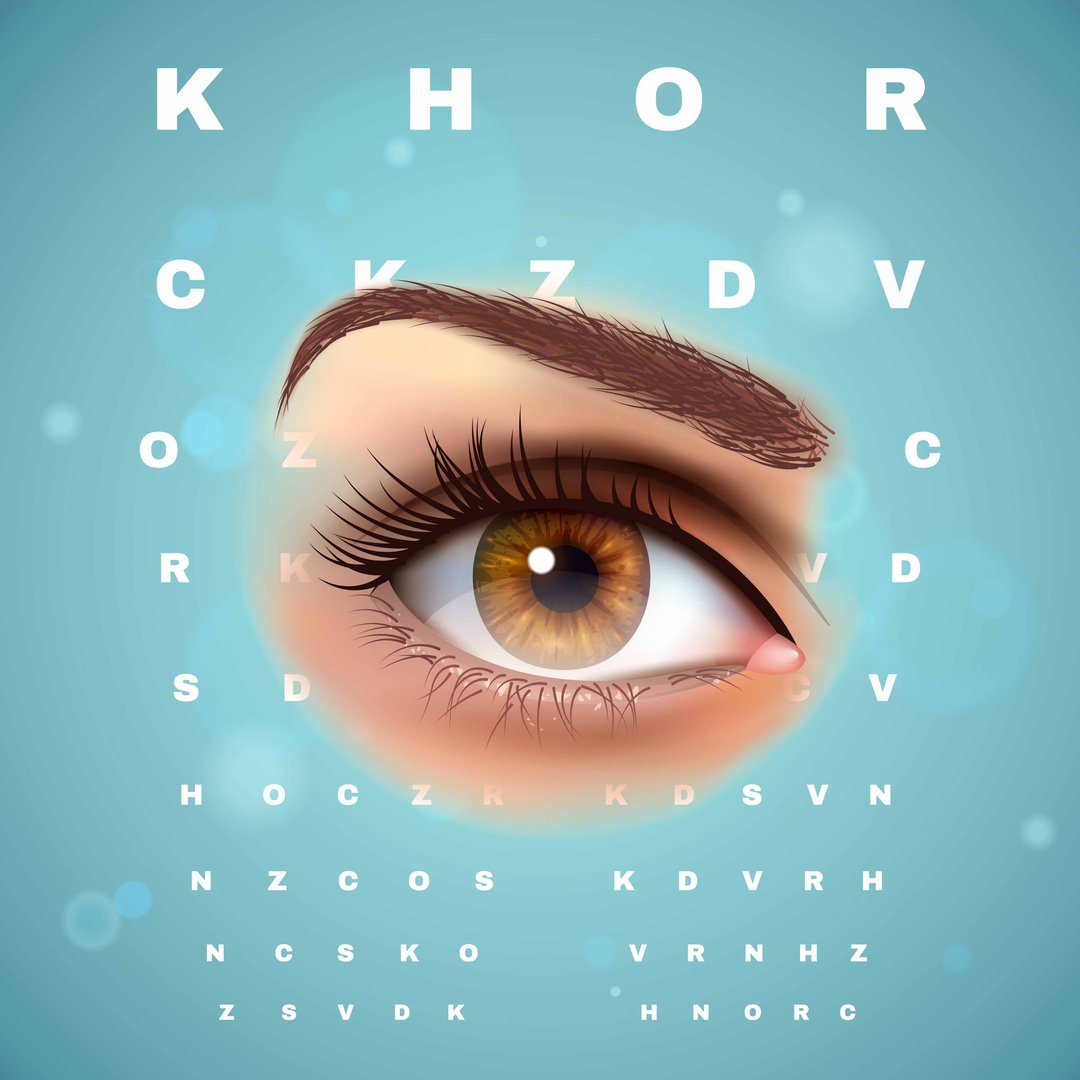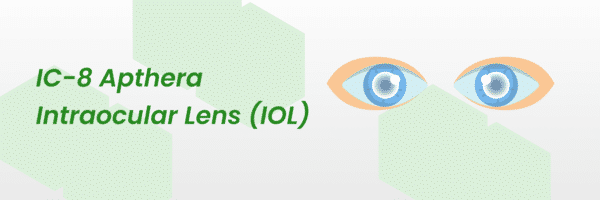Overview
There is a unique procedure for treating eye issues called a vitrectomy with membrane peel. The vitreous, a jelly-like fluid, is removed, and a small layer of the retina is peeled off. It helps in the treatment of conditions like holes in the retina, wrinkled retinas, and diabetes-related damage.
Let’s find out what is vitrectomy with membrane peel?
Your health is too important to ignore – schedule your appointment now.
What is a vitrectomy with membrane peel?
A surgical treatment called a vitrectomy with membrane peel is done on the eye to treat specific eye problems. A gel-like substance is taken out of the eye during the surgery. The membrane, a thin tissue layer that covers the retina's surface, is also pulled off.
The treatment of disorders like macular holes, epiretinal membranes, and diabetic retinopathy use this method. The surgery attempts to enhance vision and advance better eye health by removing vitreous humor and peeling the membrane.
Let's unreveal the reasons behind vitrectomy with membrane peel.
Why is vitrectomy with membrane peel performed?
Specific eye disorders are treated with vitrectomy with membrane peel to enhance visual function. Here are some explanations of why this operation might be suggested:
Macular Holes | To cure macular holes, which are tiny cracks or gaps in the retina's center, a vitrectomy with membrane peel is employed. The technique helps to repair the hole and restore central vision by removing the vitreous and peeling back the membrane. |
Epiretinal Membranes | These are little membranes that can develop on the retina's surface and obstruct vision. The membrane can be removed during a vitrectomy with membrane peel, allowing the retina to work and enhancing eyesight. |
Diabetic Retinopathy | When the retina is being pulled or stretched due to diabetic retinopathy, vitrectomy with membrane peel therapy can be beneficial. It seeks to reduce stress and stop the eye from suffering more harm. |
Retinal Detachment | It is a disorder where the retina separates from the back of the eye and can be treated with vitrectomy with membrane peel. Reattaching the retina and restoring proper eyesight are both benefits of the treatment. |
Generally, vitrectomy with membrane peel attempts to address underlying problems, boost general eye health, and improve visual clarity.
Discover the procedure of vitrectomy with membrane peel. Keep reading.
How is vitrectomy with membrane peel performed?
Anesthetic:
To ensure the patient's comfort, a local or general anesthetic is given before the surgery.
Incisions:
Small incisions are made in the eye to provide access to surgical tools. Stitches are not required because these wounds are quite small and self-sealing.
Removal of the Vitreous:
The vitreous gel is removed from the eye using a specialized instrument called a vitrector. This process enables a clearer view of the retina and the underlying problems.
Membrane Peel:
The precise membrane or tissue layer that needs to be peeled off the retina is identified once the vitreous has been removed. The membrane is pulled away from the surface of the retina using fine forceps or other microsurgical tools.
Fluid Replacement:
To keep the eye's shape and support the retina, a sterile saline solution or a gas bubble is injected into the eye during the treatment. The details of the case and the surgeon's preferences will determine the fluid selection.
Closure and Recovery:
They may use laser therapy or apply a temporary seal to close the incisions after the vitrectomy and membrane peel are finished. It may be advised to use eye drops or ointments to speed up recovery and avoid infection. During the initial healing phase, the patient is often recommended to refrain from activities that could strain the eye, such as heavy lifting or intense exercise.
Want to know the recovery timeline for vitrectomy with membrane peel? We have got you covered? Keep reading.
How long is recovery for vitrectomy with membrane peel?
The length of time needed for recovery following a vitrectomy with membrane peel varies from patient to patient and is influenced by some variables, including:
Here are some general principles, though:
Immediate Postoperative Period:
After the operation, you'll stay in the recovery area for a while so the medical staff can keep an eye on your initial healing. During this time, you can have a shield or patch over your eye.
First Few Days:
You may have some discomfort, redness, or swelling in and around the eye for the first few days after the treatment. To treat these symptoms, your doctor might tell you painkillers and anti-inflammatory eye drops.
Activity Restrictions:
You'll receive detailed instructions about activity restrictions from your ophthalmologist. In general, you may need to steer clear of activities like heavy lifting, bending over, and severe activities that could strain your eyes. You might also be told to refrain from touching or rubbing your eyes.
Recovery of eyesight:
Immediately following surgery, it's usual for eyesight to be hazy or distorted. Your eyesight should get better as your eye recovers. Yet, depending on the underlying eye problem and the degree of the membrane peel, a full recovery of vision may take weeks to months.
It's important to remember that everyone's rehabilitation is different. Be sure to adhere to their directions, show up at all follow-up appointments, and express any worries or unusual symptoms you may have as you heal.
What to expect after vitrectomy with membrane peel? Keep reading to find out.
Take the first step to recovery. Get in touch with us for your treatment.
What outcomes can you expect from vitrectomy with membrane peel?
The goal of a vitrectomy with membrane peel is to enhance vision and treat particular eye problems. Here are some typical outcomes you might expect:
Enhancing Visual Clarity:
Increasing visual clarity is one of the main objectives of vitrectomy with membrane peel. The operation seeks to remove blockages and enable optimal light focus on the retina by removing the vitreous and peeling the membrane. This may result in sharper, more distinct eyesight.
Resolution of Symptoms:
Surgery known as a vitrectomy with membrane peel is used to cure symptoms. like blurred vision and blurriness brought on by diseases like macular holes or epiretinal membranes. Depending on the individual ailment being treated, it aids in eyesight improvement and the relief of associated symptoms.
Retinal Function Restoration:
If the membrane is pulling or tractioning on the retina, removing the membrane through vitrectomy can assist release the tension and help the retina function. This may stop future retinal damage and even halt the underlying condition's growth.
Stabilization of Eye Condition:
Vitrectomy with membrane peel may be able to prevent the advancement of some eye disorders or at least stabilize them. In the long run, this can help keep the vision and stop it from deteriorating further.
Individual Differences:
It's crucial to keep in mind that results can differ from person to person based on elements like the seriousness of the underlying conditions, the health of the eye, and the healing reaction of the individual.
Is a vitrectomy permanent?
The vitreous cannot recover after being removed from the eye through the permanent treatment known as a vitrectomy. It's crucial to realize, though, that the results and side effects of vitrectomy can change based on the underlying illness being treated.
The removal of the vitreous through vitrectomy, along with a membrane peel, can result in a long-lasting or permanent improvement in vision for specific diseases - such as macular holes or epiretinal membranes. The method seeks to stabilize or resolve the problem by addressing the precise issue causing visual impairment, producing long-lasting visual benefits.
It's crucial to realize that a vitrectomy is carried out to address underlying problems that may still have an effect on the eye. A thorough treatment plan may include further surgeries like retinal reattachment or continuing diabetes care. The underlying condition must be managed and controlled if success and long-term results are to be achieved.
Is face down necessary after a vitrectomy?
It may or may not be necessary to lay face down after a vitrectomy procedure, depending on the circumstances and surgical methods used. When healing and recovering from disorders like macular hole repair or retinal detachment repair, face-down positioning was sometimes advised. Being face-down was supposed to help the gas bubble that was injected into the eye during the treatment push against the damaged area, encouraging effective reattachment or closure.
The need for post-operative posture has changed as a result of improvements in surgical techniques. Face-down positioning may still be advised in some circumstances for a limited time or in some circumstances, but it may not be required in others.
The surgeon decides on post-operative placement based on the unique case and surgical plan. Your surgeon's post-operative instructions are crucial to follow since they will provide you with the most accurate and useful guidance for your recovery.
Let's understand the effectiveness of vitrectomy and membrane peel.
What is the success rate of a vitrectomy with membrane peel?
The precise underlying ailment being treated, its severity, and individual characteristics can all affect the vitrectomy with membrane peel success rate.
Here are a few instances of success rates for particular ailments:
Macular Holes:
Vitrectomy with membrane peel has a high success rate for closing macular holes, with reported success rates ranging from 80% to 95%. Improved central vision is the result of a macular hole that has been closed.
Epiretinal Membranes:
Vitrectomy with membrane peel has shown success rates of 90% or more in treating epiretinal membranes. The goal of the surgery is to remove the membrane and return the retina to its original state. which will enhance visual acuity and lessen distortion.
Diabetic Retinopathy:
In severe diabetic retinopathy instances with tractional retinal detachment, a vitrectomy with membrane peel may be performed. Depending on the intricacy and severity of the problem, success rates in these circumstances can vary, but are estimated to be between 70% and 90%.
Remember that many circumstances, such as the surgeon's training and expertise, the patient's general health, and the presence of any eye disorders, can affect success rates.
Take charge of your health with the best treatment. Book your consultation now.
References:







